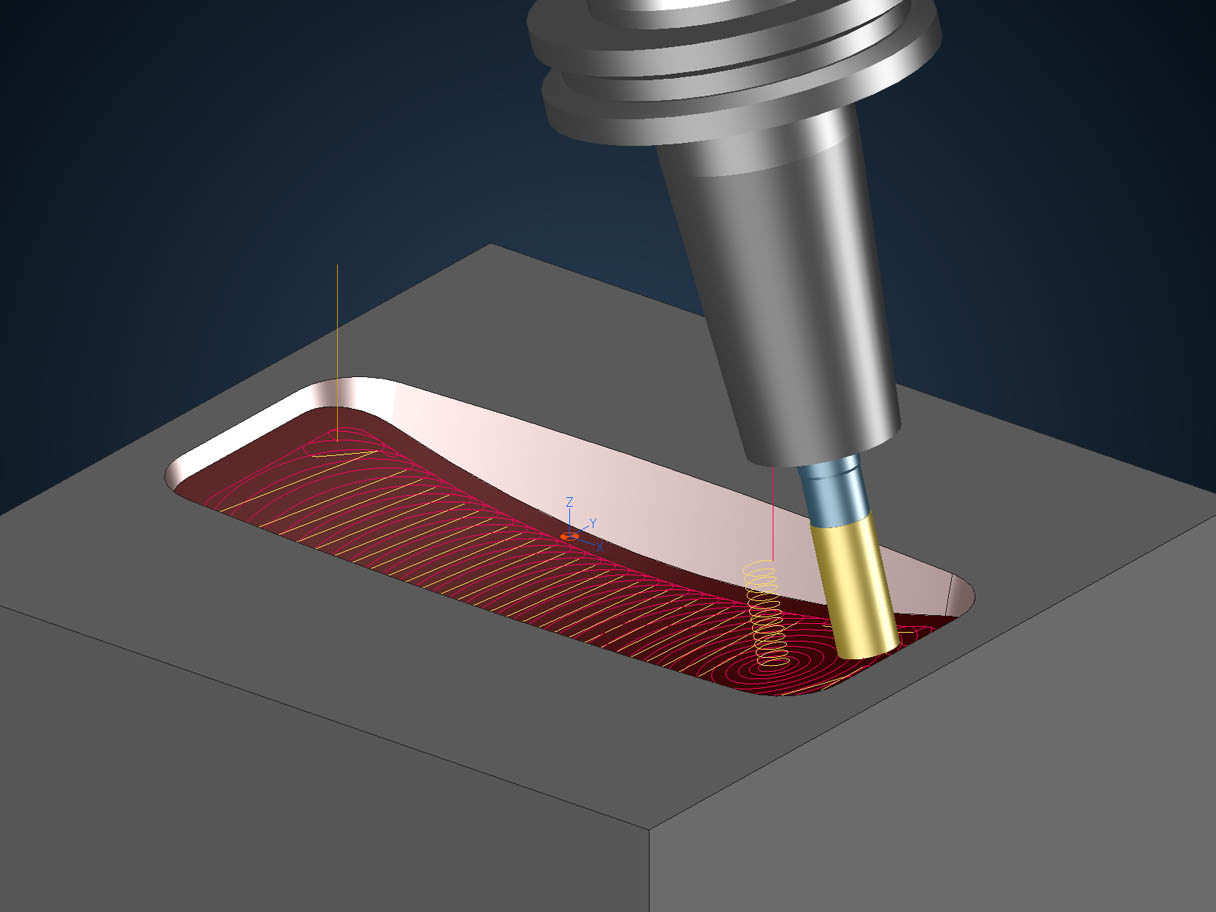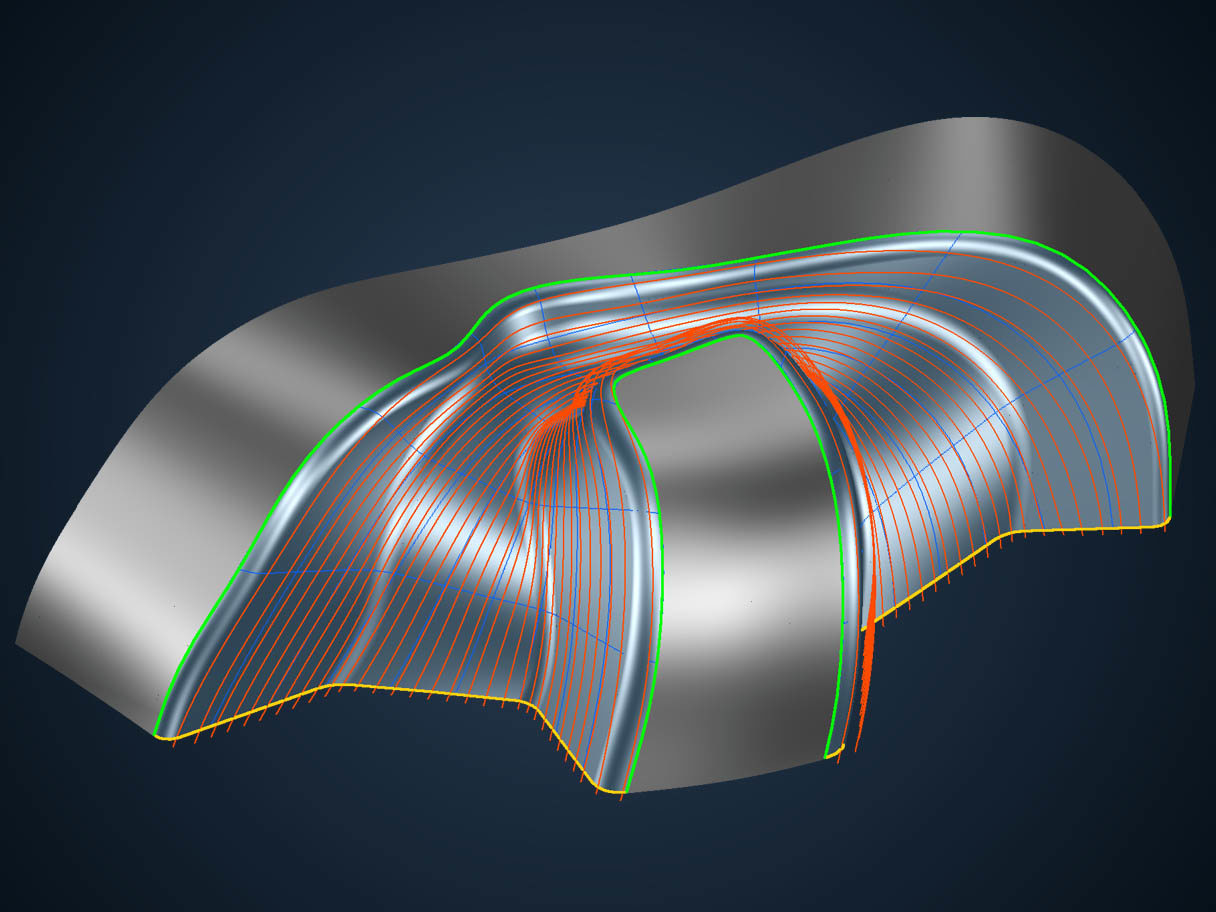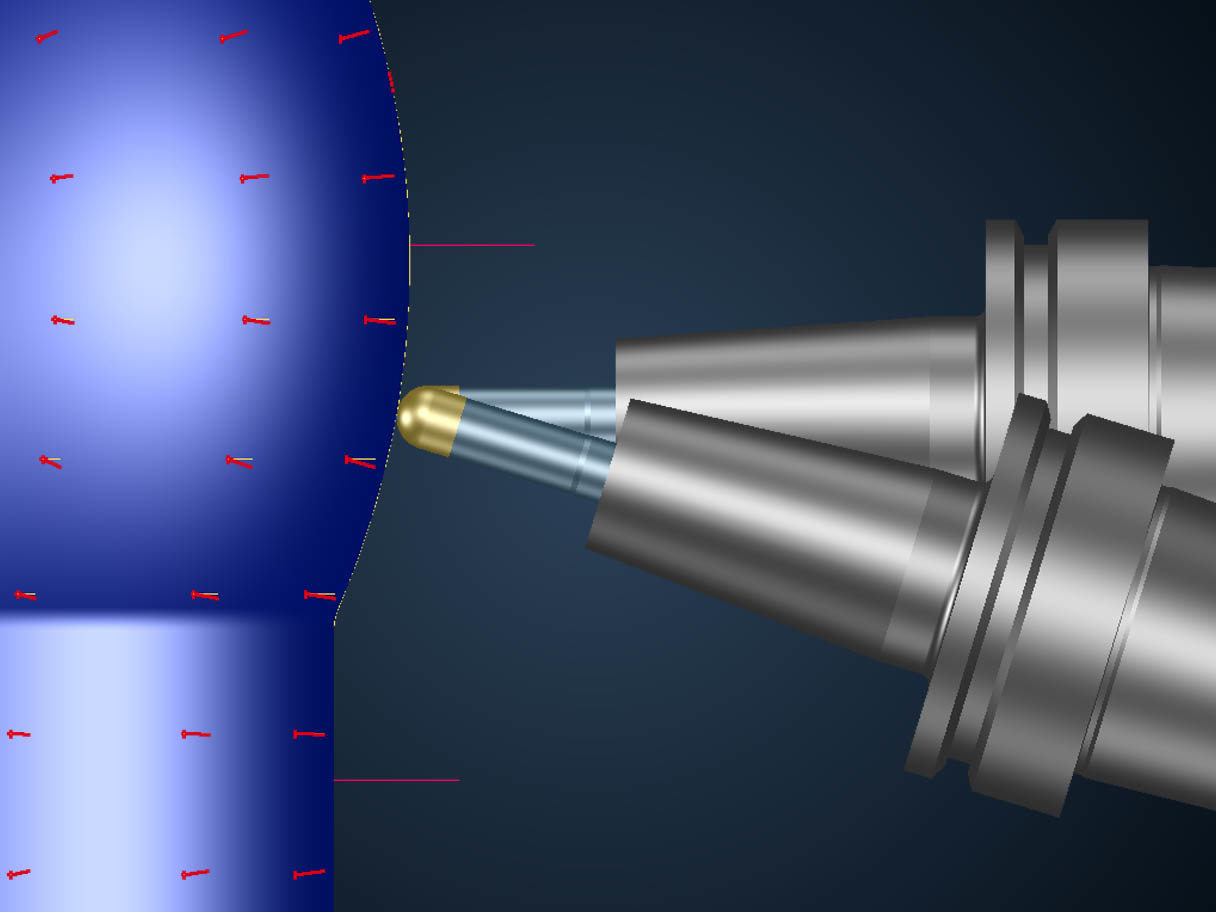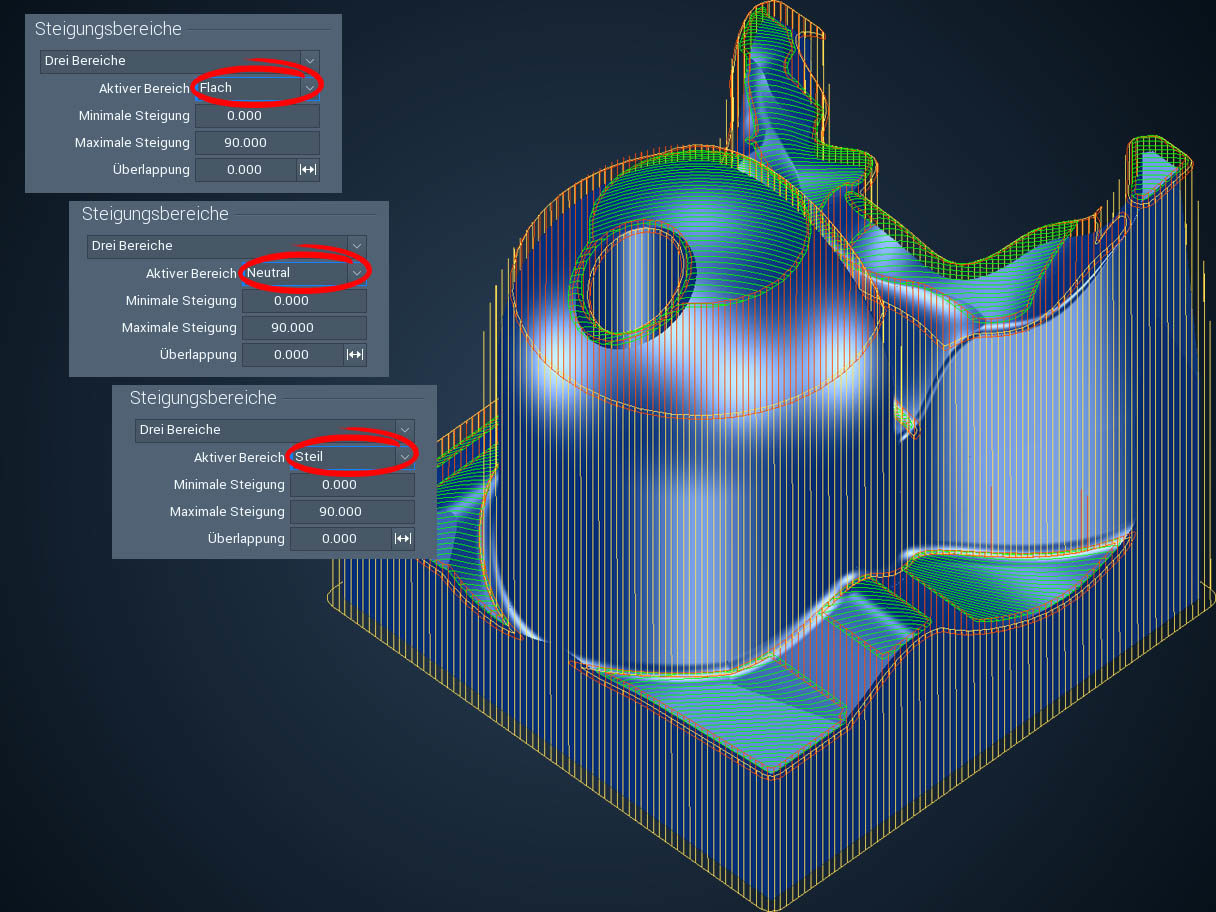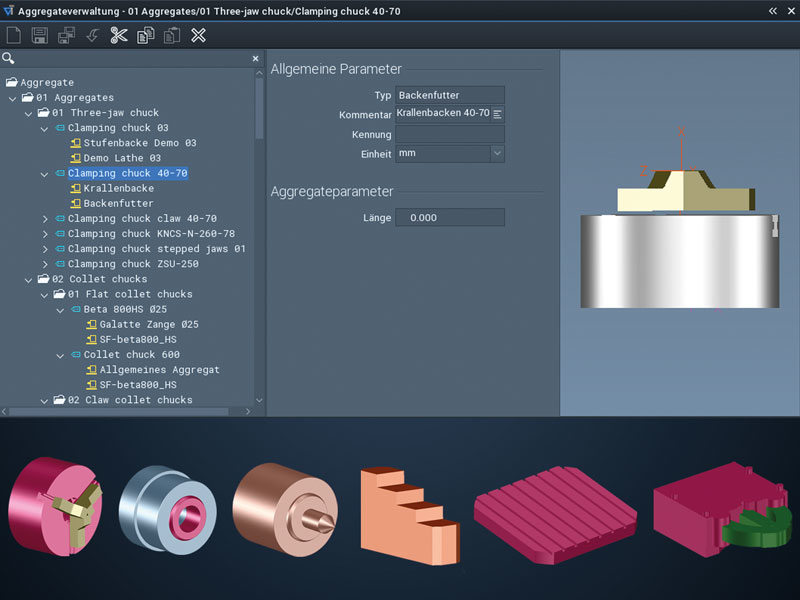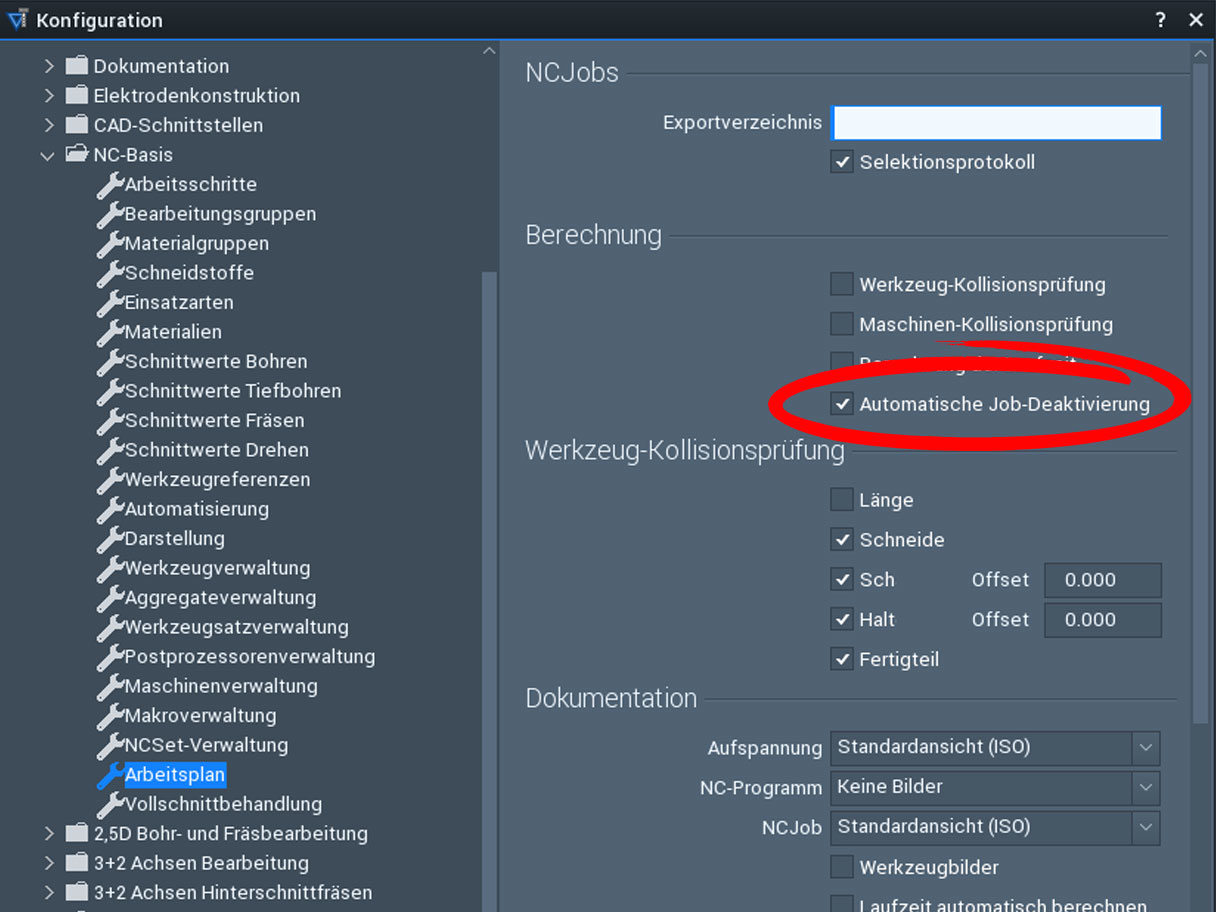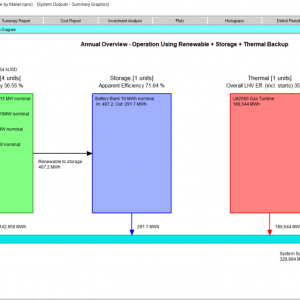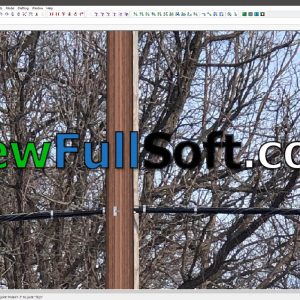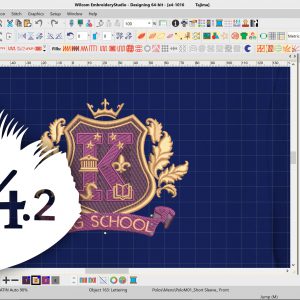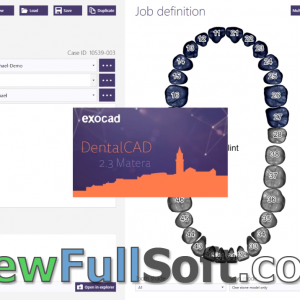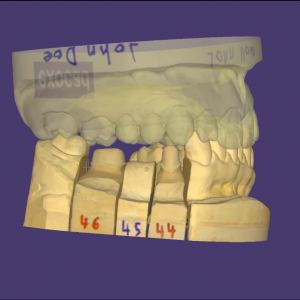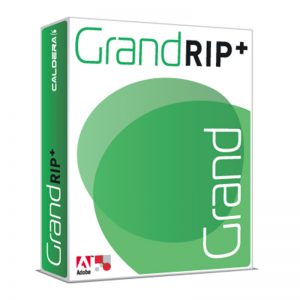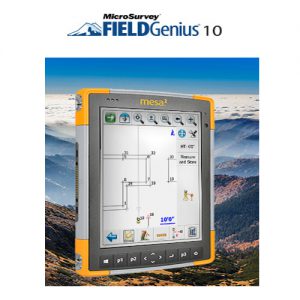Offer Discount
$285.00 $215.00
Key topics: Outstanding 5-axis functions with greater ease-of-use
The new and optimized functions in 5-axis simultaneous milling are an absolute highlight for all those who want to better utilize the potential of their modern high-performance machines. The current Tebis software also stands out in terms of user-friendliness and safety.
The following are especially useful in 5-axis simultaneous milling:
- New highly efficient adaptive and contour parallel roughing strategies
- Simple, fast machining of connected milling areas in isoparametric surface layout and
- Integrated tilt direction preview when milling between vectors.
True to the motto of “Simple, transparent and more automation,” many features have been integrated to greatly simplify your daily work.
Description
CAM – 5-axis simultaneous milling
Adaptive roughing of free-form surfaces
Roughing free-form surfaces. The “NC5ax / MSurf” function for 5-axis simultaneous roughing is suitable for all those who want to take advantage, with minimal effort, of the benefits of 5-axis simultaneous machining when roughing free-form surfaces. There are many examples of this, including in die manufacturing, where large free-form surfaces often must be manufactured with few cavity fractions. Just select the surfaces and blank and you’re ready to start. The function provides the adaptive and contour-parallel path layout.
High-efficiency adaptive roughing of free-form pockets. The “NC5ax / MPocket” function is exactly matched to 5-axis simultaneous roughing of part areas with many cavity fractions. Adaptive and contour parallel milling strategies are integrated. High-performance HPC tools can machine high volumes of material very quickly, especially in adaptive roughing.
Roughing of rotary components
The “NC5ax / MRadial” function is ideal for fast NC programming of 5-axis simultaneous toolpaths for roughing pocket and slot geometries with rotationally shaped parts: Again, select only surfaces and stock and then machine the part with contour-parallel path layout.
Easily machine multiple surfaces by directly selecting surfaces. Connected milling areas can now be machined in a single operation and with no extra design effort, even for isoparametric path layouts: Select the surfaces, display the milling area and start the calculation. Highly complex part areas can be easily prepared with the “NCPrep / Drive” function.
Milling with tilt direction preview. 5-axis simultaneous finishing with the “NC5ax/MSurf” function was already very convenient before Release 6: The tool tilt direction is interpolated between easily selected vectors – surface quality is often better than in simple machining normal to the part. This function has been further optimized in Release 6: The integral tilt direction preview lets you check and optimize the quality of the tool direction already during programming – it doesn’t get any easier than this.
CAM – 3D milling
Quickly subdivide a part into three milling areas, based on slope, through extended slope analysis. When finishing 3D contours with the “NC3ax/MSurf” function, the part can now be subdivided with two angles into flat, neutral and steep milling areas. You can define an overlap of the milling areas for even better surface quality of the transitions. This lets you use your tools optimally in each area of the part, optimize your milling templates and reduce machine run times.
CAM tool support
Optimal tool tilt direction for finishing with circle-segment cutters with barrel-shaped geometry. How to take better advantage of the potential of drum cutters: In 3-axis tilted finishing (NC3AX/MSurf), determine the suitable tool tilt direction with a special test function and define the optimal contact point as a function of part geometry. When the “None” tilt option is selected in 5-axis simultaneous side milling (NC5AX/MCont and NC5AX/MSide), the contact point is automatically positioned at the lower end of the tool radius. This lets you utilize your tools optimally in every machining situation, accelerate your machining times and ensure higher surface quality.
CAM job planning
Globally assign material in the Job Manager. With a new automatic mode, you can automatically assign a specific material type to all machining operations. The stored cutting data are automatically applied. The material type can be individually adjusted for individual NCjobs. Parts with components of different materials can therefore also be correctly modeled. In addition, you can define in the configuration which material type is to be automatically assigned in all cases.
Automatically deactivate NCJobs. This new function significantly simplifies working with NCJob templates: In the configuration, define whether NCJobs for which no milling areas or toolpaths can be generated should be deactivated. The processing sequence is then automatically adjusted in the Job Manager – based on the previous machining operations and the part geometry. These new features apply to the 3D milling functions for roughing in planes (RPlan) and for re-machining surfaces (RSurf) and corner blendings (RCorn) as well as for machining (MFill) and remachining (RFill) fillets.
CAM – NC automation
Easily assign protected surfaces in feature machining. Assign protected surfaces to features in three steps: Select all relevant areas as protected surfaces, then select the machining features and deselect the adjacent problematic geometries. The video shows how it’s done.
Machine technology
Simplified cutting data management for tools. Change cutting data – such as technology parameters, cutting speed, feed rate, rpm and contact in the tool library – for all selected tools, based on the manufacturing types of drilling, milling, turning or deep drilling, with just the click of the mouse. Use the filter functions for more transparency, delete data sets or copy them together with assigned cutting materials, materials, categories and machining groups. This gives you more flexibility and lets you quickly adjust your cutting data to the requirements of different tool suppliers, for example.
Automated NC output. NC output can now be organized very clearly and easily: Based on your company-specific processes, you can define a machine-specific output directory or place the files in the start directory for the CAD file, so that all relevant files are in a central location. You can automatically create directories with a subdirectory structure, thereby simplifying work with multiple files.
New unit management for improved handling and greater reliability. You can now centrally manage all machine units for machine tools – such as jaw chucks, steady rests and centers or machine tables, extensions and partitions – in a separate library and assemble them in complete units. You can equip the machine with all units in the Job Manager and simulate the real manufacturing process one-to-one in the virtual world. This ensures that only completely tested NC programs are output to the machine.
CAD preparation function for 5-axis simultaneous milling
Easily define milling areas for 5-axis simultaneous milling. For parts with highly complex geometric properties, the “NCPrep/Drive” function provides a convenient way to generate and optimize milling areas for 5-axis simultaneous milling – for instance using guide curves or planar cuts. You can display the path layout already in advance, adjust the starting position, detect overlaps, kinks and head movements and if necessary change the cutter offset or smooth the paths in the milling or stepover direction. These milling areas can in turn be automatically selected in the NCJob templates for 5-axis machining.
CAD – Digitized data processing
Extended Faro interface. The entire digitizing process is now much faster: The Faro interface now supports modern blue lasers, with which significantly more detailed information and larger fields of view can be transferred. Multiple geometry elements per plane can also be recorded. Planar surfaces and cylinders are automatically extended. Another advantage: You can operate the Faro Arm, mouse and keyboard simultaneously.




